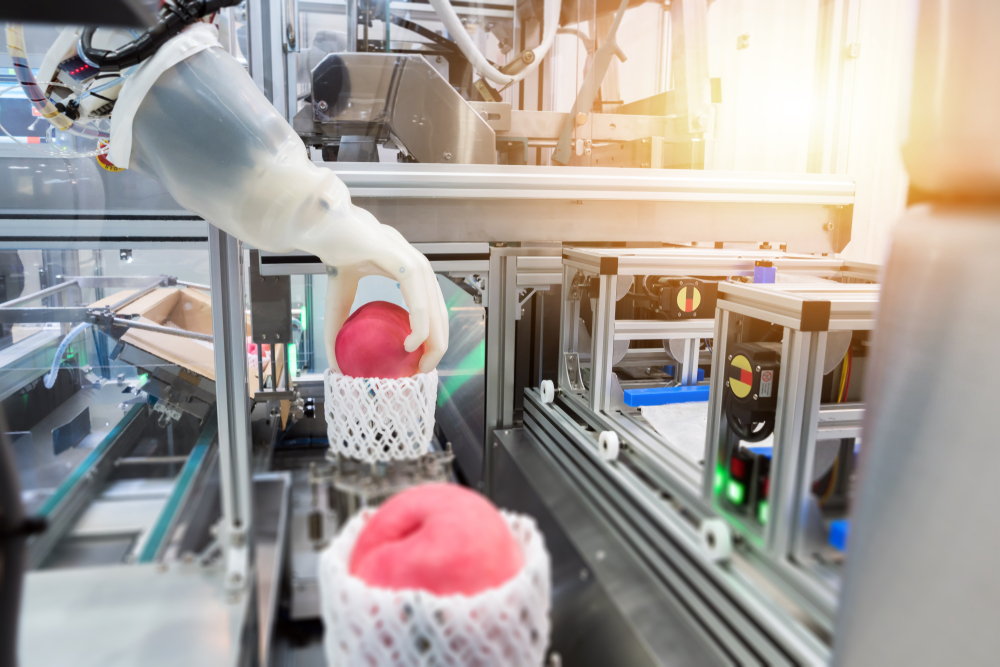Cartoning Machine: Guide to Types, Operation, and Integration
A cartoning machine automates the process of erecting, filling, and sealing cartons for products ranging from pharmaceuticals to food and consumer goods. These systems improve throughput, consistency, and packaging quality while reducing manual labor and errors. This guide explains how cartoning machines work, the main types available, key features to evaluate, maintenance best practices, and practical considerations for integrating them into existing production lines.

What is a cartoning machine?
A cartoning machine is a packaging system that forms cartons from flat blanks, loads products into those cartons, and seals them for distribution. Machines range from simple semi-automatic units requiring operator loading and intervention to fully automatic systems that handle high-speed production. Cartoning machines are commonly used where a regular, protective, and branded secondary package is required. They can handle single items, multipacks, or complex inserts like leaflets and desiccants depending on the model and tooling.
How do cartoning machines work?
Most cartoning machines follow a similar sequence: carton blank feeding, carton erection, product insertion, closing or gluing, and discharge. Blank magazines feed flat cartons; vacuum or mechanical erectors open them into boxes; products are guided or transferred into the carton via conveyors, pick-and-place heads, or infeed systems; and closing is done with tuck-in flaps, glue, or hot-melt sealing. Sensors and PLC controls coordinate timing, detect jams or missing components, and allow recipe-based setup for different carton sizes and product formats.
Which types fit different industries?
Cartoning equipment comes in horizontal and vertical formats. Horizontal cartoners are ideal for fragile or upright products like bottles, tubes, and vials, while vertical cartoners suit bulk items, sachets, and smaller units that can be dropped into cartons. There are also intermittent-motion machines for moderate speeds and continuous-motion machines for high throughput. Pharmaceutical and food industries often require stainless steel construction, washdown design, and GMP-compliant documentation, whereas consumer goods lines may prioritize flexibility and rapid changeovers.
What features should you evaluate?
When choosing a cartoning machine, assess speed (cartons per minute), changeover time, tooling availability, size range, and control interfaces. Look for modular designs that accept upgrades such as in-line checkweighers, date coders, or vision inspection. Consider build materials and hygienic designs for food or pharma applications, and verify software, support, and spare parts availability. Operator ergonomics, safety guards, and compliance with local machinery directives are important for long-term usability and regulatory adherence.
How to maintain and troubleshoot cartoning machines?
Planned preventive maintenance extends equipment life: regular lubrication, belt and chain inspection, sensor cleaning, and periodic replacement of wear parts like knives or grippers. Keep an accessible log of adjustments and fault codes to speed troubleshooting. Common issues include misfeeds, poorly formed cartons, or glue application faults; these are often resolved by checking blank quality, adjusting fold guides, or re-calibrating glue dollies. Training operators in quick changeovers and basic diagnostics reduces downtime and improves line efficiency.
Handling integration and service issues, including API errors
Integrating a cartoning machine into a production line often involves electrical, mechanical, and software interfaces—PLCs, conveyor synchronization, and data reporting for traceability. Modern machines may connect to MES or cloud services; when using third-party verification or content-check systems, occasional service errors can occur. For example, a “Service Unavailable: … ThrottlingException … Too many tokens” error indicates a rate-limiting or payload-size issue with a cloud API. Address this by retrying with backoff, reducing request size or token usage, batching calls, checking provider status pages, and coordinating with vendor support. Document integration points and fallback behaviors so the line can continue operating safely if external services are temporarily unavailable.
Conclusion
Cartoning machines are versatile assets that boost consistency, speed, and packaging quality across many industries. Choosing the right type involves balancing speed, flexibility, hygiene requirements, and ease of integration. Regular maintenance, operator training, and clear integration plans—including handling external service errors—will keep lines productive and responsive to changing product runs and regulatory requirements.






